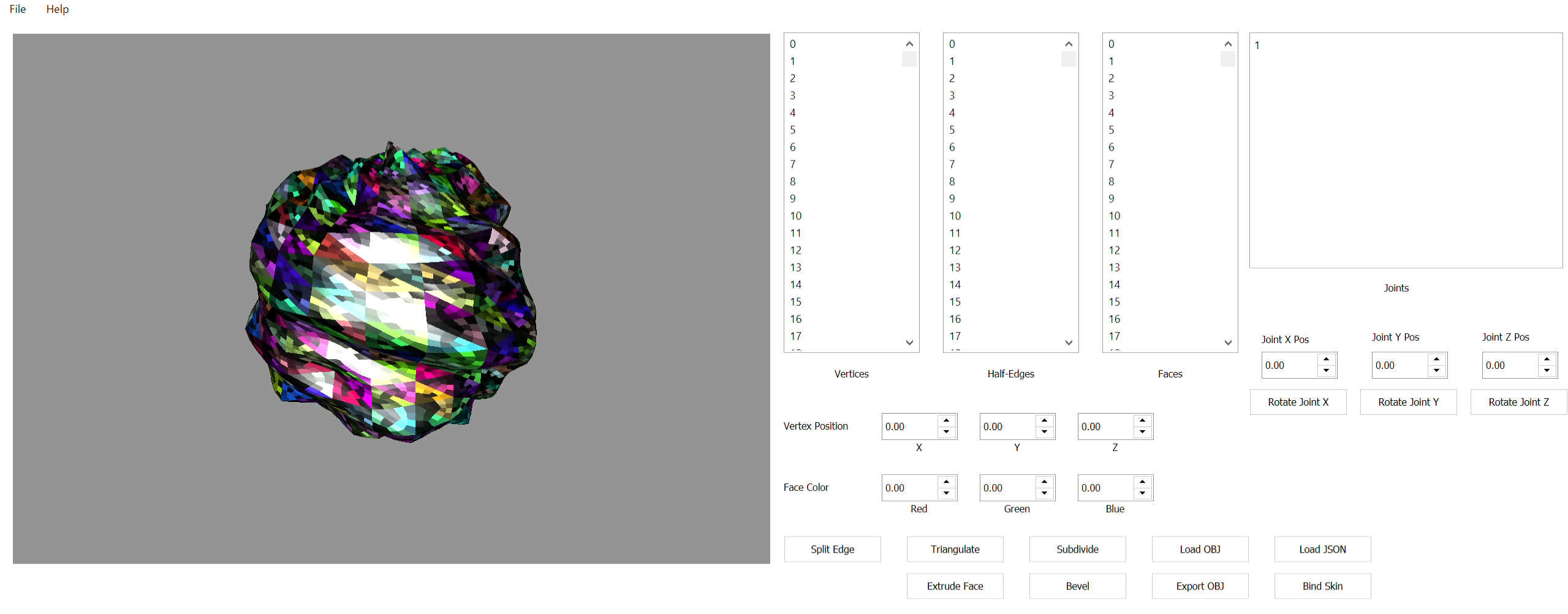Null-Scattering MIS Volumetric Path Tracer
Physically-Based Volumetric Path Tracer for the GPU written in C++ and CUDA. Developed in a group of 2.
Physically-Based Volumetric Path Tracer for the GPU written in C++ and CUDA. Developed in a group of 2.
Real Time Ray-Tracing application built using Vulkan RT and the NVIDIA nvvk library.
Physically-Based Path Tracer for the GPU written in C++ and CUDA.
Advanced rasterization pipeline in WebGL featuring Forward+ and Cluster Deferred optimizations
Physically-Based Path Tracer for the GPU written in C++ and OpenGL. Utilizes QT GUI functionality for interactably setting camera parameters including depth of field.
Procedural Fantasy Map Generator tool built in Unity and utilizing the (Wave Function Collapse) algorithm. Developed in a group of 3.
Autodesk Maya Plugin developed in C++ and the Maya API. Based on the SIGGRAPH Asia paper Cubic Stylization (Liu and Jacobson 2019). The plugin allows an artist to deform a mesh into multiple shapes based on a desired weighting. Developed in a group of 2.
Minecraft-like video game partially inspired by the animated Nickelodeon show Avatar: The Last Airbender. Developed in C++ and OpenGL in a group of 3. Some specific features I worked on include:
Non-photorealistic ray tracer developed from complete scratch in C++.
Integrates toon shading and painterly rendering into one NPR ray tracer with support for reflections and refractions.
Presented as a poster in SIGGRAPH 2021 with coauthor Megan Reddy.
View Paper On ACM

Interactive 3D Modeling application written in C++ and OpenGL. QT GUI functionality used for most input. Half-edge mesh data structure used for performing and storing primitives in mesh geometry.
Some assorted OpenGL shaders I've written in the past. Some include: